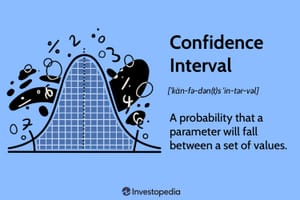With the technology available today, anyone can start an e-commerce business at the snap of their fingers. In the US, you don’t need to register your business* to start selling online. Shopify allows you to build a site and manage inventory, shipping, and payment at $29/month plus ~3% transaction fee. A google search for “how to start an e-commerce business” gives you tons of well-crafted tutorials.
*A sole proprietor can use social security number as a tax ID.
The peril of this convenience is that many start diving into it without learning how to swim first. I say this because as I was thinking of starting an e-commerce business today, my initial excitement led me to quickly open a Shopify account and start building a site. Not until a couple of hours in when I cooled down a bit did I recall my experiences selling/flipping on Depop, the inventory issues, the tight cashflows, thin margin even without marketing spend, not to mention many other things (e.g. taxes) I won’t have the platform to help me with. I stopped the site-building and went back to the drawing board to address these issues first.
Before you start your first e-commerce business, gain a dose of reality through channels with lower opportunity costs— use platforms like Depop, Poshmark, and Etsy to experience first-hand what it is like to sell physical goods. As someone who’s read many founders’ stories, reading about and being aware of someone else’s cash flow problem is completely different from experiencing it yourself.
Reading about and being aware of someone else’s cash flow problem is completely different from experiencing it yourself.
Entrepreneurs need optimism, but we can avoid blind optimism.





